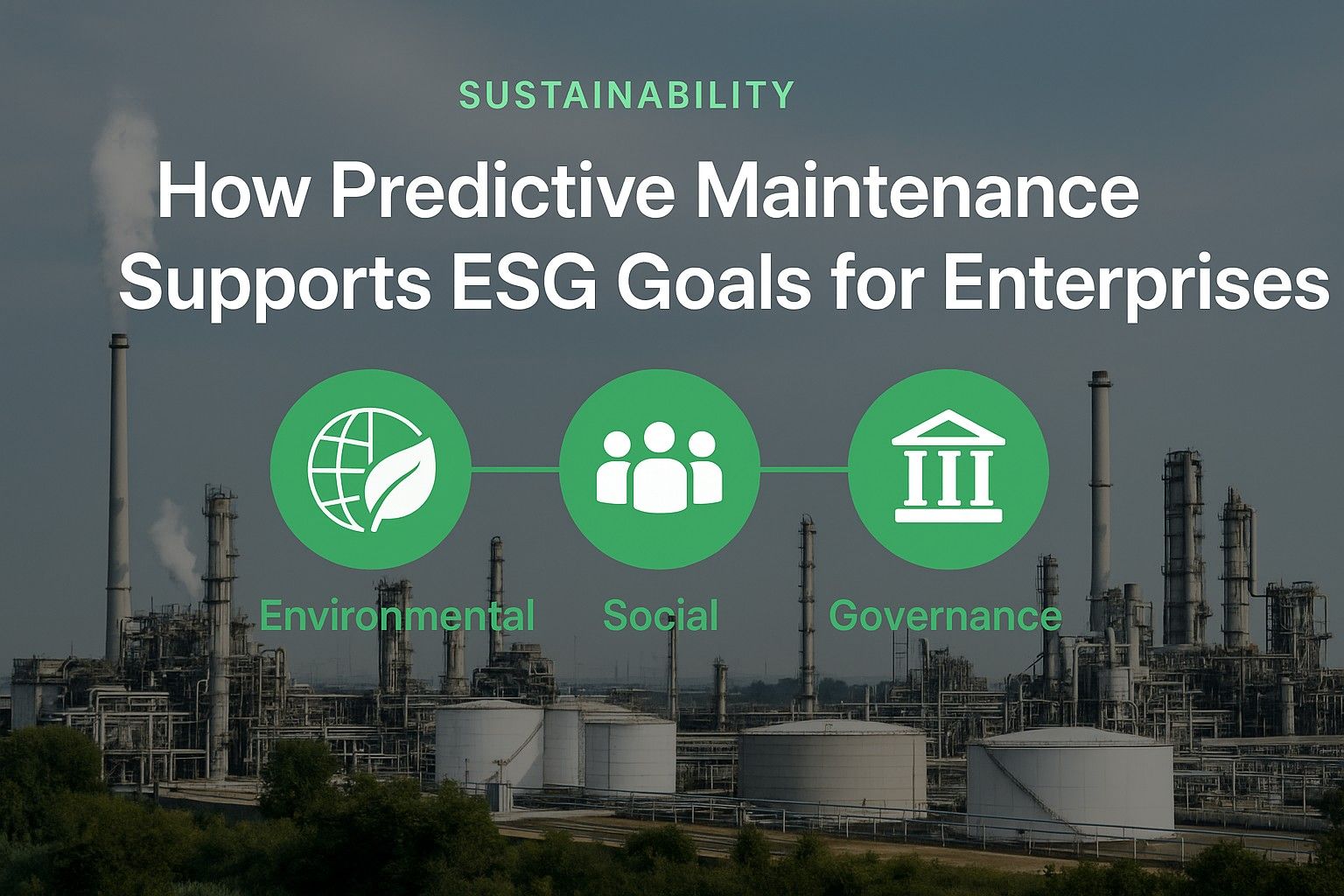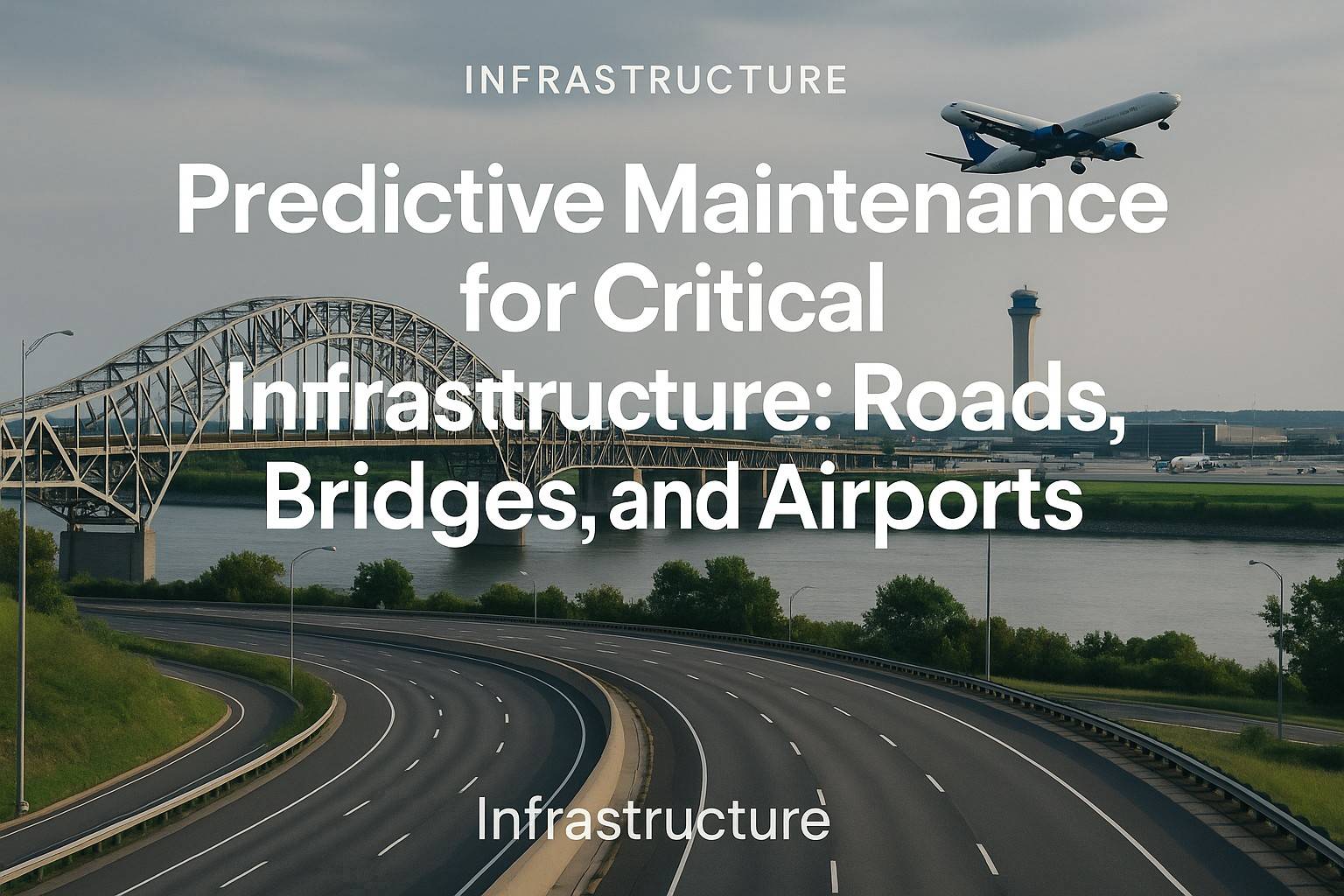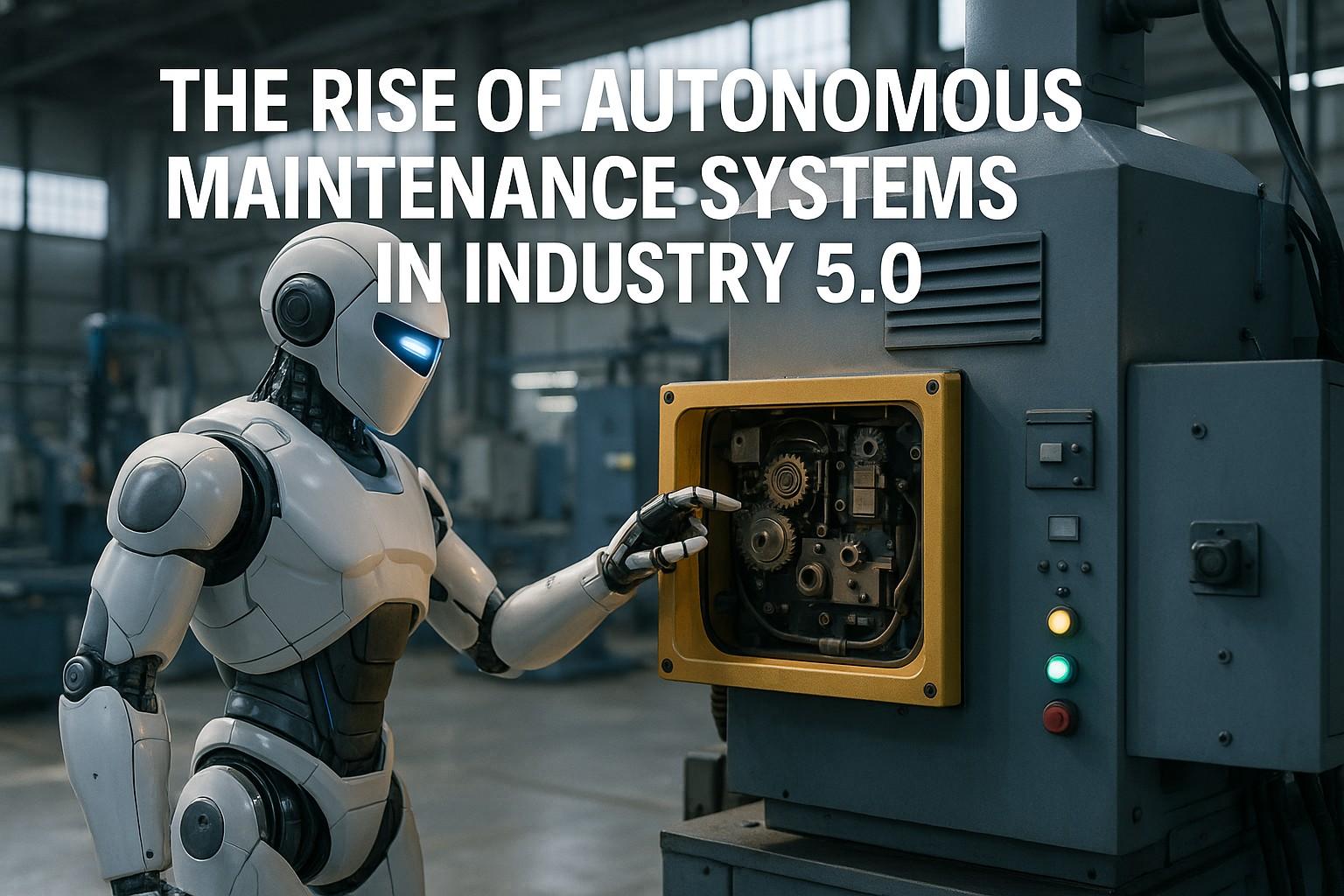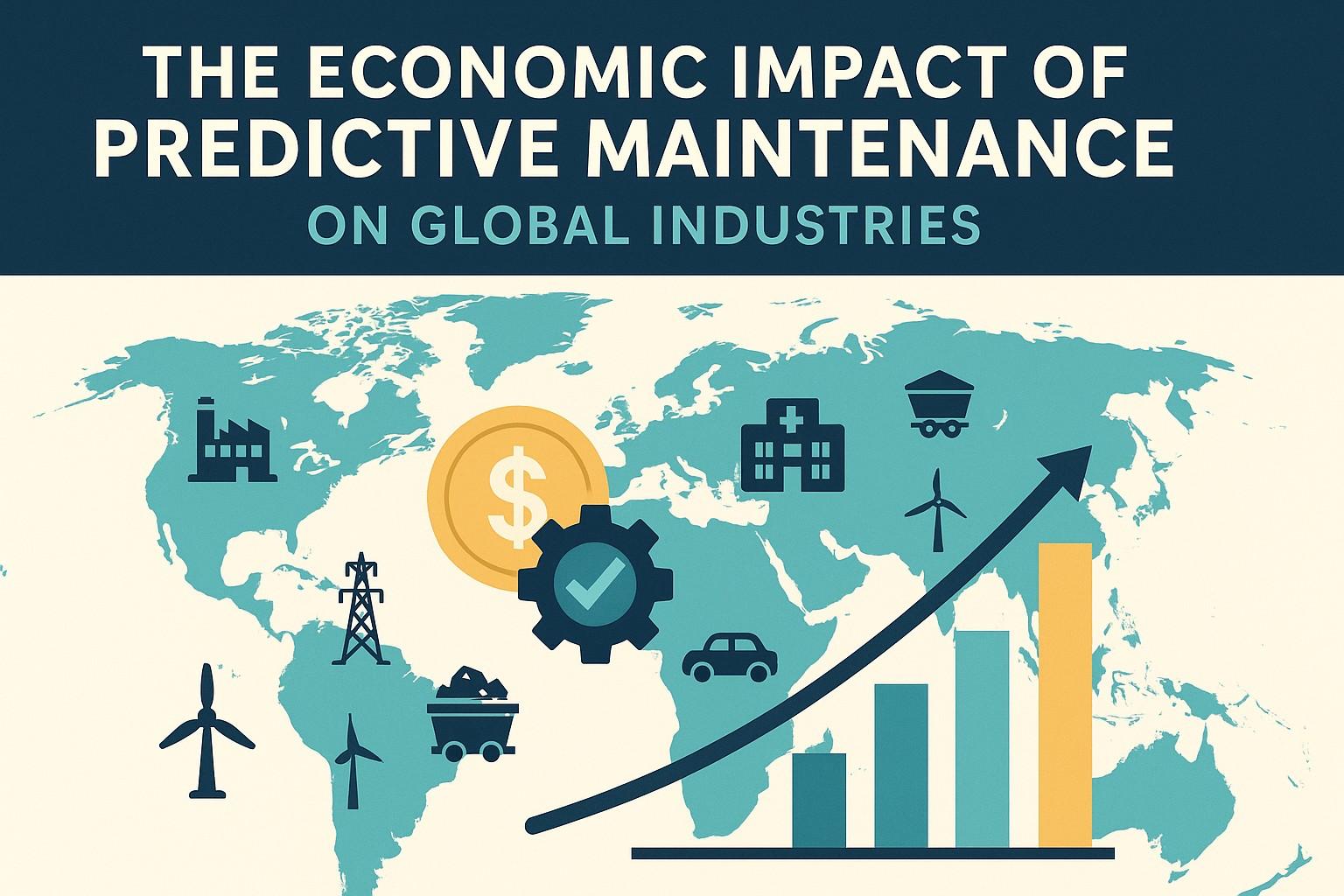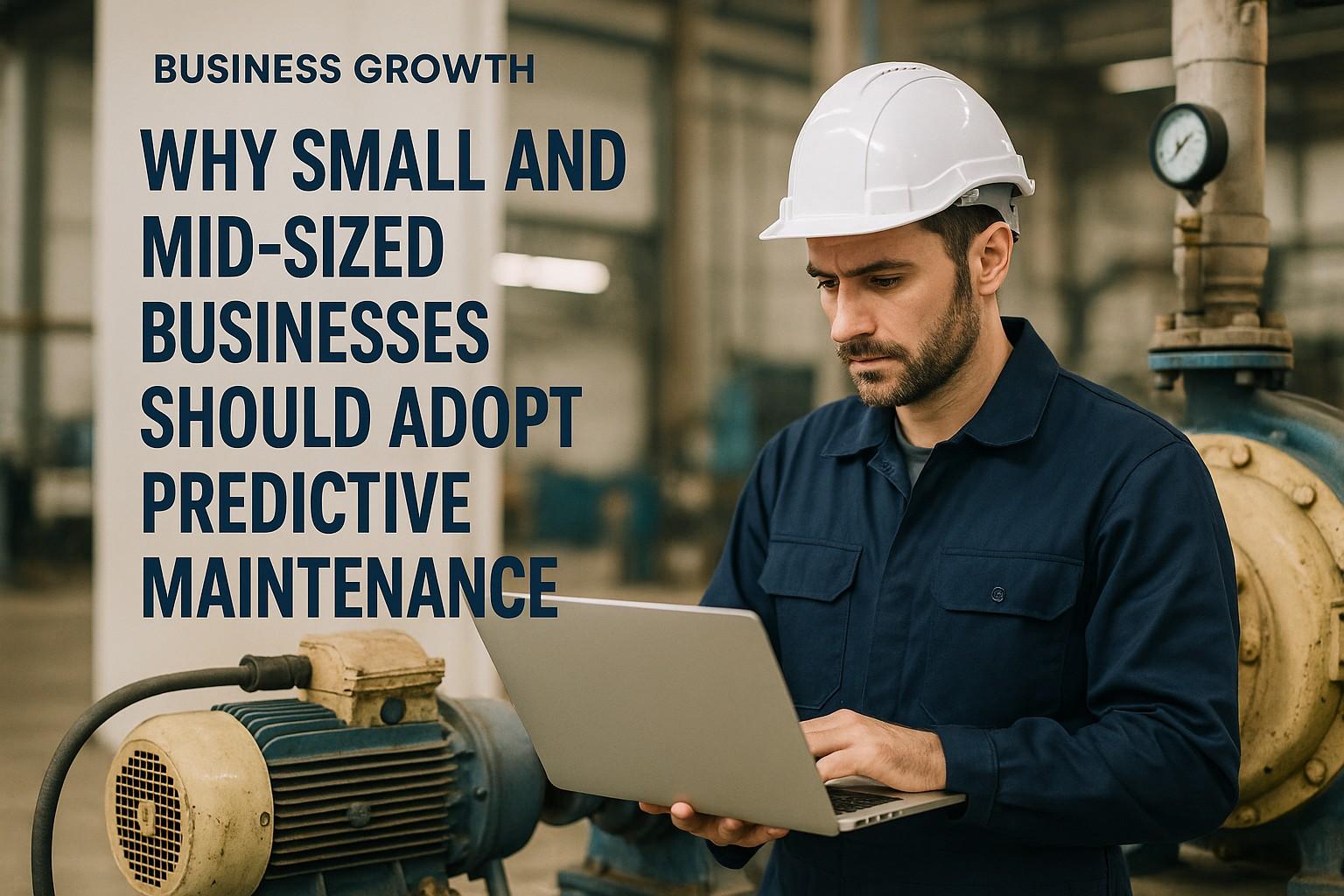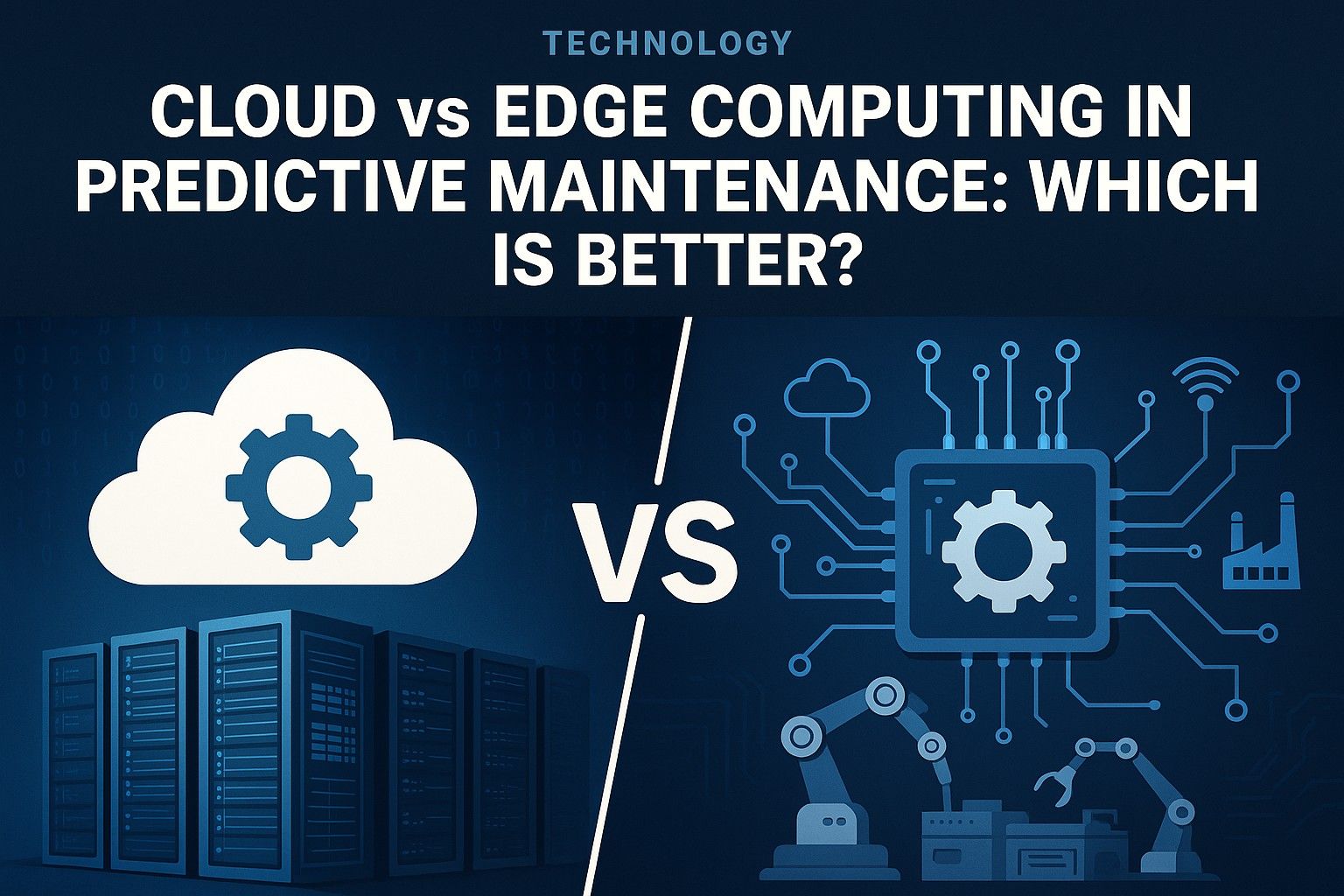Your sustainability director delivers troubling news at the quarterly board meeting: "Our ESG reporting shows 2,400 tons of unnecessary carbon emissions and $3.7 million in environmental compliance penalties last year—all stemming from reactive maintenance failures and equipment inefficiencies." You review your corporate sustainability commitments—net-zero by 2030, 40% emissions reduction, zero environmental incidents—but realize traditional maintenance approaches actively undermine these ESG objectives. Without predictive maintenance systems monitoring asset health and environmental impact, you're operating blind to the sustainability consequences of equipment failures and inefficient operations.
This sustainability crisis unfolds across enterprises as organizations discover that traditional maintenance practices directly conflict with ESG commitments and stakeholder expectations. The average industrial facility experiences 25-35% higher carbon emissions and 40-60% more waste generation from reactive maintenance approaches compared to predictive strategies, yet predictive maintenance can reduce environmental impact by 50-70% while improving ESG reporting accuracy.
Organizations implementing strategic predictive maintenance for ESG achieve 40-55% reductions in environmental incidents while improving sustainability KPI performance by 35-50% compared to traditional reactive maintenance programs. The transformation lies in leveraging IoT sensors, AI analytics, and real-time monitoring that reveals equipment efficiency degradation and environmental risks weeks before they impact ESG metrics and regulatory compliance.
Transform your ESG performance with predictive maintenance that monitors environmental impact 24/7 and prevents sustainability setbacks before they occur!
Stop letting reactive maintenance derail your ESG goals when predictive analytics can identify environmental risks 30-90 days in advance. Every equipment failure you prevent is carbon emissions avoided, waste eliminated, and ESG targets protected.
Understanding Predictive Maintenance ESG Impact
Effective predictive maintenance for ESG requires understanding the interconnected relationship between asset health monitoring and sustainability performance. These systems extend far beyond traditional condition monitoring to include energy consumption tracking, emissions monitoring, waste reduction analytics, and compliance risk assessment that transform maintenance activities from environmental liabilities into sustainability enablers.
Traditional reactive maintenance creates substantial environmental burdens through emergency repairs requiring expedited shipping (higher carbon footprint), emergency energy consumption during failures, hazardous material releases from catastrophic failures, and excessive waste from premature component replacement. Predictive maintenance ESG solutions continuously monitor both asset condition and environmental parameters, enabling proactive interventions that prevent 60-75% of sustainability incidents while optimizing resource utilization.
Carbon Emissions Reduction
Real-time energy monitoring detecting efficiency degradation before excess emissions occur. Prevents 40-60% of maintenance-related carbon output through optimized operations.
Waste Minimization Systems
Predictive analytics extending component life and eliminating premature replacements. Reduces maintenance waste by 50-70% through precision intervention timing.
Environmental Compliance Monitoring
Automated tracking of environmental parameters preventing regulatory violations. Achieves 95-99% compliance through continuous monitoring and early warning systems.
Resource Efficiency Optimization
AI-powered analytics identifying energy waste and inefficient operations. Improves resource utilization by 30-45% while reducing environmental footprint.
Predictive Maintenance ESG Benefits by Category
Establishing comprehensive ESG strategies requires understanding how predictive maintenance delivers value across environmental, social, and governance dimensions. Investment in predictive ESG technologies creates measurable improvements in sustainability metrics, stakeholder satisfaction, and long-term enterprise value while reducing compliance risks and reputational exposure.
Predictive maintenance ESG solutions span from environmental impact monitoring to social responsibility enhancement and governance risk mitigation. Understanding these interconnected benefits enables better investment prioritization and demonstrates clear ROI to boards and investors increasingly focused on sustainability performance.
| ESG Dimension | Predictive Maintenance Impact | Improvement Range | Key Sustainability Benefits |
|---|---|---|---|
| Environmental Performance | Energy & Emissions Optimization | 40-60% reduction | Lower carbon footprint, reduced waste, resource efficiency |
| Social Responsibility | Worker Safety Enhancement | 70-85% fewer incidents | Safer workplaces, reduced exposures, community protection |
| Governance & Compliance | Automated ESG Reporting | 95-99% accuracy | Regulatory compliance, transparent reporting, risk mitigation |
| Circular Economy | Asset Life Extension | 30-50% longer life | Reduced consumption, lower disposal, sustainable practices |
| Climate Action | Carbon Tracking & Reduction | 35-55% emissions cut | Net-zero progress, climate goal achievement, carbon reporting |
High-impact predictive maintenance ESG implementations integrate environmental sensors, energy monitoring, and sustainability analytics to create comprehensive visibility across all ESG dimensions. Organizations achieving seamless integration between predictive maintenance and ESG reporting systems typically realize 2-3x better sustainability outcomes than those treating maintenance and ESG as separate initiatives.
Geographic ESG regulations and stakeholder expectations significantly influence predictive maintenance priorities, with European operations requiring 30-40% more comprehensive environmental monitoring compared to other regions due to stringent sustainability mandates and carbon pricing mechanisms.
Stakeholder reporting requirements increasingly demand granular sustainability data that only predictive maintenance systems with integrated ESG monitoring can provide. Modern cloud-based platforms enable real-time ESG dashboards and automated reporting that reduce compliance burden by 60-75% while improving data accuracy and auditability.
Building Your Predictive Maintenance ESG Roadmap
Creating an effective predictive maintenance ESG strategy requires systematic integration of sustainability objectives with asset management priorities. Generic ESG initiatives often fail to capture the significant environmental and social benefits available through intelligent maintenance transformation, missing opportunities for measurable impact and stakeholder value creation.
ESG maturity assessment provides the foundation for predictive maintenance planning, identifying gaps between current environmental performance and sustainability commitments. Organizations that align maintenance technology investments with specific ESG targets achieve 50-70% faster progress toward net-zero and other sustainability goals compared to those pursuing disconnected initiatives.
Predictive Maintenance ESG Implementation Process
Phased implementation prioritizing high-impact ESG opportunities enables rapid sustainability wins that build organizational momentum and stakeholder confidence. Rather than attempting comprehensive ESG transformation, successful enterprises focus initial predictive maintenance deployments on assets with greatest environmental impact or highest compliance risk.
Environmental Monitoring
35-45% of ESG technology budget for emissions tracking, energy monitoring, and waste analytics preventing environmental incidents
Predictive Analytics Platform
25-35% for AI-powered condition monitoring and sustainability optimization enabling proactive ESG management
ESG Reporting Systems
15-25% for automated compliance tracking, carbon accounting, and stakeholder reporting integration
Safety & Social Programs
10-15% for worker safety monitoring and community impact prevention systems
Training & Change Management
8-12% for workforce development on ESG practices and sustainability-focused maintenance
Innovation & Emerging Tech
5-10% for circular economy initiatives and next-generation sustainability technologies
ESG technology convergence and rapidly evolving sustainability standards require flexible predictive maintenance architectures. Leading platforms offer modular ESG capabilities enabling organizations to start with core environmental monitoring and progressively add carbon tracking, circular economy features, and advanced sustainability analytics as requirements evolve.
Advanced ESG Optimization Strategies
Strategic predictive maintenance ESG optimization extends beyond basic environmental compliance to proactive sustainability leadership and competitive differentiation. The most successful enterprises leverage predictive analytics not just to prevent ESG failures but to identify breakthrough opportunities for carbon reduction, circular economy innovation, and stakeholder value creation.
Data-driven ESG optimization powered by AI and machine learning enables continuous sustainability improvements invisible to traditional approaches. Facilities leveraging advanced predictive ESG analytics achieve 20-30% annual improvements in environmental performance through incremental optimizations in energy efficiency, waste reduction, and resource utilization.
Proven Predictive Maintenance ESG Strategies
- Deploy real-time carbon tracking systems reducing maintenance-related emissions by 45-65%
- Implement circular economy practices extending asset life 30-50% through precision maintenance
- Integrate supply chain sustainability monitoring for end-to-end ESG visibility
- Establish automated ESG reporting reducing compliance burden by 70% while improving accuracy
- Create energy optimization algorithms cutting facility consumption by 25-40%
- Build predictive compliance systems preventing 95% of environmental violations
- Develop waste reduction analytics minimizing disposal by 50-75% through optimal timing
- Enable transparent stakeholder reporting with real-time ESG dashboards
Competitive ESG differentiation through predictive maintenance requires moving beyond industry-standard compliance to innovative sustainability applications. Leaders achieve premium valuations and preferential capital access through demonstrated ESG excellence enabled by intelligent maintenance systems that competitors struggle to replicate.
Ecosystem collaboration connecting maintenance operations, sustainability teams, and external stakeholders creates network effects multiplying ESG value. Integrated predictive maintenance ESG platforms enable suppliers, customers, and communities to access verified sustainability data, building trust and strengthening relationships worth 15-25% premium valuations.
Workforce engagement in ESG-aligned maintenance strategies yields superior results compared to top-down sustainability mandates. Organizations fostering maintenance team ownership of environmental performance report 60% higher employee satisfaction and 40% better ESG outcome achievement than those treating sustainability as separate from daily operations.
2025 Predictive Maintenance ESG Trends
- AI-powered carbon intelligence providing instant emissions impact analysis for every maintenance decision
- Blockchain-verified ESG data ensuring transparent and auditable sustainability reporting
- Digital twins modeling environmental impact of maintenance strategies before implementation
- Quantum sensors detecting microscopic resource waste and efficiency losses
- Predictive biodiversity monitoring assessing ecosystem impacts of industrial operations
- Mandatory ESG disclosure regulations requiring real-time predictive maintenance data
Innovation culture focused on sustainability experimentation separates ESG leaders from followers. Enterprises dedicating resources to emerging predictive maintenance ESG technologies identify breakthrough sustainability opportunities 18-24 months before widespread adoption, securing first-mover advantages in rapidly evolving regulatory and investor landscapes.
Performance measurement systems must evolve to capture predictive maintenance ESG value beyond traditional cost and reliability metrics. Leading organizations track carbon intensity per production unit, waste reduction per maintenance intervention, and ESG-adjusted asset value—metrics that directly translate maintenance excellence into sustainability leadership and enterprise value creation.
Conclusion
Predictive maintenance transformation represents the most powerful lever available for achieving enterprise ESG goals, enabling organizations to prevent environmental incidents, optimize resource consumption, and demonstrate transparent sustainability progress to stakeholders. Organizations implementing comprehensive predictive maintenance ESG strategies achieve 40-55% environmental performance improvements while reducing compliance risks by 70-85% through intelligent monitoring and proactive intervention.
Understanding the predictive maintenance ESG landscape reveals that integrated approaches deliver 50-70% greater sustainability value than treating maintenance and ESG as separate initiatives. Comprehensive strategies must address environmental monitoring, social responsibility enhancement, governance compliance, and circular economy principles while building organizational capabilities for continuous ESG advancement.
Investment benchmarks for predictive maintenance ESG solutions range from $200,000-600,000 depending on facility complexity, but typically deliver 12-24 month ROI through reduced environmental penalties, improved efficiency, and enhanced stakeholder value. Leading technologies enable real-time carbon tracking, automated compliance reporting, and waste reduction analytics that directly support net-zero commitments and sustainability targets.
Building effective roadmaps requires systematic integration combining ESG maturity assessment, technology prioritization, and phased implementation aligned with sustainability commitments. Success depends equally on predictive analytics capabilities, organizational readiness, and sustained leadership commitment to ESG-aligned maintenance excellence.
Optimization strategies focus on continuous improvement through data-driven insights, ecosystem collaboration, and workforce engagement in sustainability objectives. The most successful enterprises view predictive maintenance not as cost center but as strategic ESG enabler requiring ongoing investment in technologies and capabilities that deliver measurable environmental and social impact.
The 2025 competitive environment increasingly rewards early adopters of predictive maintenance ESG solutions while penalizing organizations maintaining traditional reactive approaches that undermine sustainability commitments. Success requires balancing proven environmental monitoring technologies delivering immediate impact with emerging innovations positioning for future ESG leadership and regulatory compliance.
Ready to align your maintenance operations with ESG goals and unlock measurable sustainability performance that satisfies stakeholders and drives enterprise value?
Every day without predictive maintenance ESG monitoring is another day of preventable emissions, avoidable waste, and missed sustainability targets. The technology exists now to transform maintenance from environmental liability into competitive ESG advantage—implement predictive maintenance for ESG excellence before your next board meeting.
